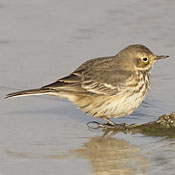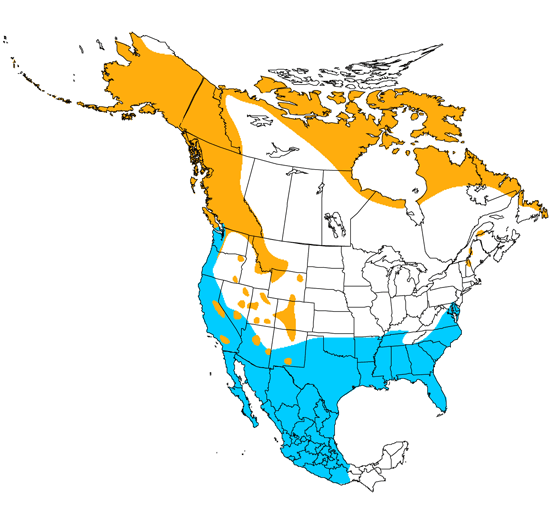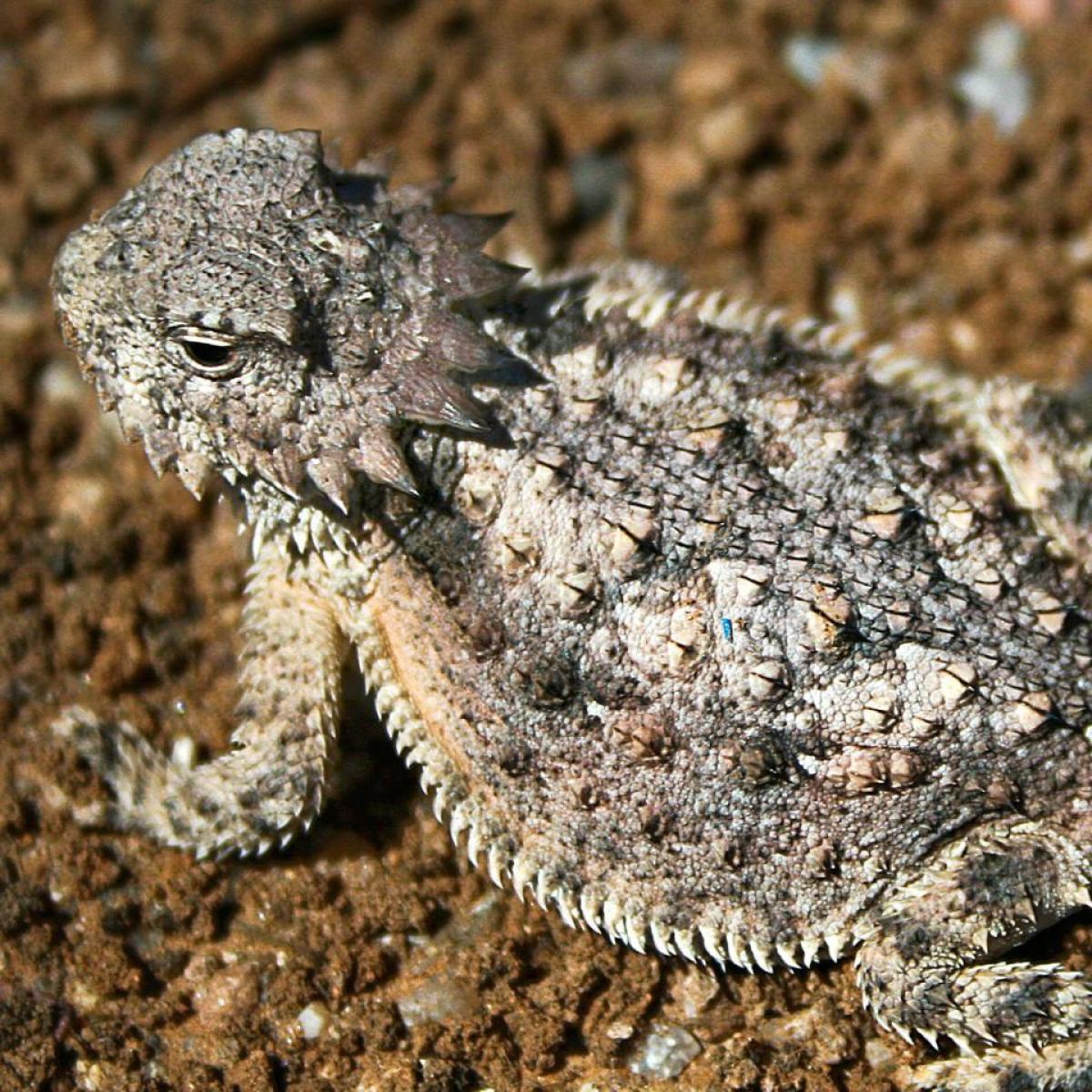American Pipit
Anthus rubescens

Upland Ground

Length: 7 in. (17 cm )
Almost always seen walking on the ground holding its head up high and bobbing its tail up and down, this species searches the soil surface for insects, seeds and occasionally berries. Rarely it will roost in a bush or short tree, and frequently it occurs along muddy or sandy beaches of rivers, lakes, and ponds. During the winter it moves around in flocks of 5 to 80, and sod farms and moist grassy areas are among its favorite sites. In the summer the male performs a spectacular courtship and territorial aerial flight high over the nesting area, singing as it floats downward with legs and tail extended. The nest is placed on the ground of tundra or alpine fields above tree line, usually under an overhanging rock or clump of grass.
The four-digit banding code is AMPI.
Bibliographic details:
- Article: American Pipit
- Author(s): Dr. Biology
- Publisher: Arizona State University School of Life Sciences Ask A Biologist
- Site name: ASU - Ask A Biologist
- Date published: 13 Jul, 2017
- Date accessed: 18 October, 2025
- Link: https://askabiologist.asu.edu/activities/bird/american-pipit
APA Style
Dr. Biology. (Thu, 07/13/2017 - 15:38). American Pipit. ASU - Ask A Biologist. Retrieved from https://askabiologist.asu.edu/activities/bird/american-pipit
Chicago Manual of Style
Dr. Biology. "American Pipit". ASU - Ask A Biologist. 13 Jul 2017. https://askabiologist.asu.edu/activities/bird/american-pipit
MLA 2017 Style
Dr. Biology. "American Pipit". ASU - Ask A Biologist. 13 Jul 2017. ASU - Ask A Biologist, Web. https://askabiologist.asu.edu/activities/bird/american-pipit
Be Part of
Ask A Biologist
By volunteering, or simply sending us feedback on the site. Scientists, teachers, writers, illustrators, and translators are all important to the program. If you are interested in helping with the website we have a Volunteers page to get the process started.






